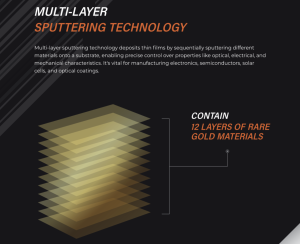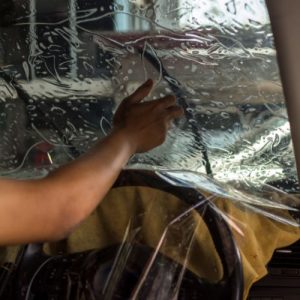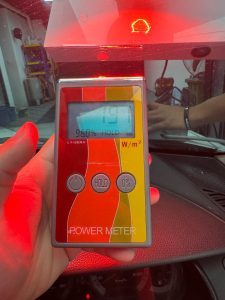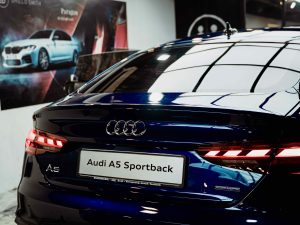Does tint reduce fuel usage?
In Malaysia’s intense heat, car window tinting is about far more than just privacy or aesthetics — it’s about true performance.
One question we hear from car owners all the time:
“Can tinted windows actually help reduce fuel consumption?”
The answer is yes — and here’s why.
Let’s dive into how high-performance heat rejection tints can improve your car’s air-conditioning efficiency and contribute to real-world fuel savings.
How Heat Enters Your Car
Every time you park under the sun, solar energy bombards your vehicle through the glass.
This includes:
-
Infrared (IR) radiation – the main cause of intense cabin heat buildup
-
Ultraviolet (UV) rays – damages interiors and adds to overall heat
-
Visible light – increases glare and cabin temperature
The hotter your car interior gets, the harder your air-conditioning (AC) system must work to cool things down — leading to higher fuel consumption.
How Window Tint Improves Air-Conditioning Efficiency
High-quality window tinting — especially films designed to reject IR and UV rays — drastically reduces the amount of heat entering your vehicle.
Benefits include:
-
Your car interior stays noticeably cooler even before starting the engine
-
Your AC reaches your preferred temperature faster
-
Your AC system cycles off sooner and operates with less load
In simple terms:
Less AC workload = less fuel consumed = lower fuel bills.
But How Much Fuel Can You Actually Save?
Let’s be realistic: window tint won’t slash your fuel bills in half.
However, in Malaysia’s hot climate where daytime temperatures often exceed 30°C, the savings are real and noticeable over time.
Studies show that:
-
A more efficient air-conditioning system can improve fuel economy by around 3–5%.
-
If you drive long distances or get stuck in heavy traffic often, that small percentage becomes significant over months and years.

Understanding TSER (Total Solar Energy Rejection)
When shopping for tint, always check the TSER rating.
TSER measures how well a film rejects:
-
Infrared radiation
-
Ultraviolet light
-
Visible sunlight
✅ The higher the TSER value, the better the film is at blocking heat, reducing air-con usage, and saving fuel.
At Shield Smith, our premium-grade window films are engineered with superior TSER performance to deliver true real-world benefits — not just marketing claims.
Not All Tints Are Created Equal
This is where many car owners make a costly mistake.
Cheap tints may darken your windows by blocking visible light, but they often fail to reject infrared heat — which is the main cause of cabin temperature rise.
Only advanced window films with sputtered, nano-ceramic, or multi-layer technologies are effective in blocking heat where it matters most.
Investing in a quality tint ensures that your car remains cooler, your AC system works less, and your fuel economy improves over time.
Final Thoughts: Window Tinting as an Eco-Smart Investment
Choosing a quality window film is more than a cosmetic upgrade — it’s a smart investment in your car’s performance, your wallet, and the environment.
With proper installation, a good tint can help you:
-
Reduce fuel consumption
-
Enhance everyday driving comfort
-
Extend the lifespan of your air-conditioning system
-
Protect your car’s interior from sun damage
It’s not just about looks — it’s about driving smarter and living better.
Looking for the Right Window Tint for Your Car?
At Shield Smith Kajang and Puchong, we specialize in premium heat rejection tints designed for Malaysia’s tough climate.
Contact us today or WhatsApp us for a free consultation — and discover how professional window tinting can make every drive cooler, safer, and more efficient.





